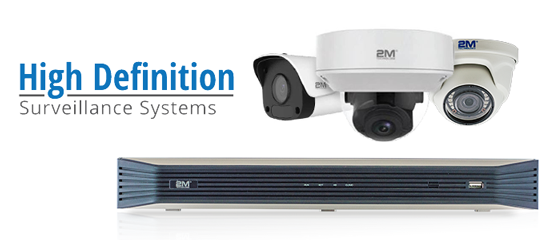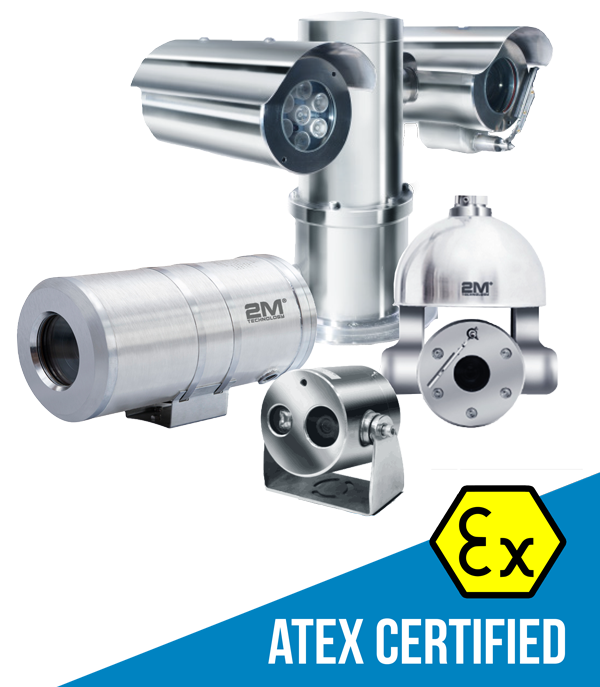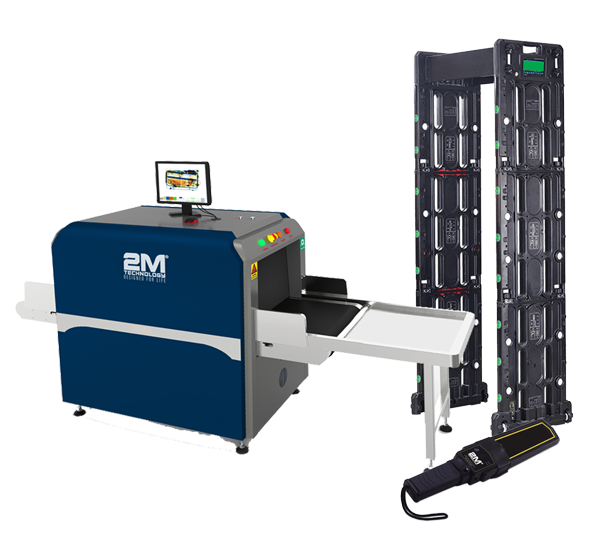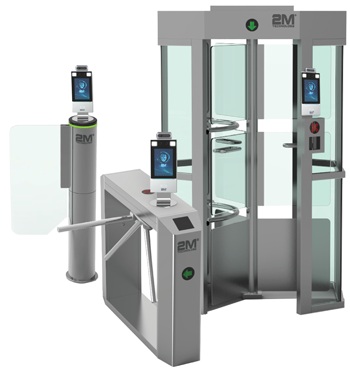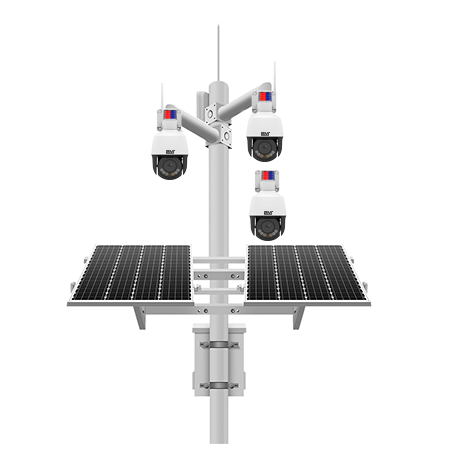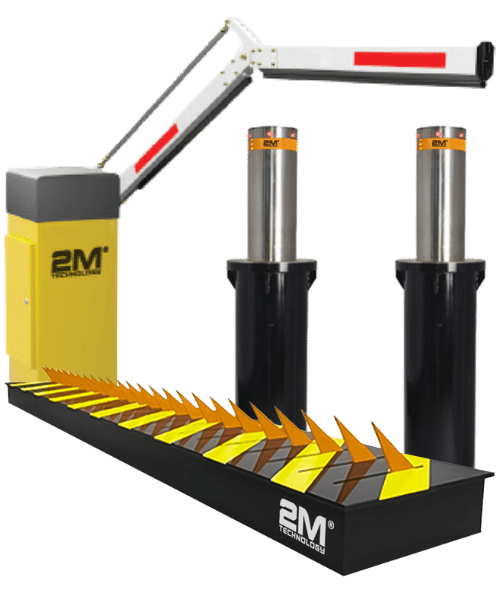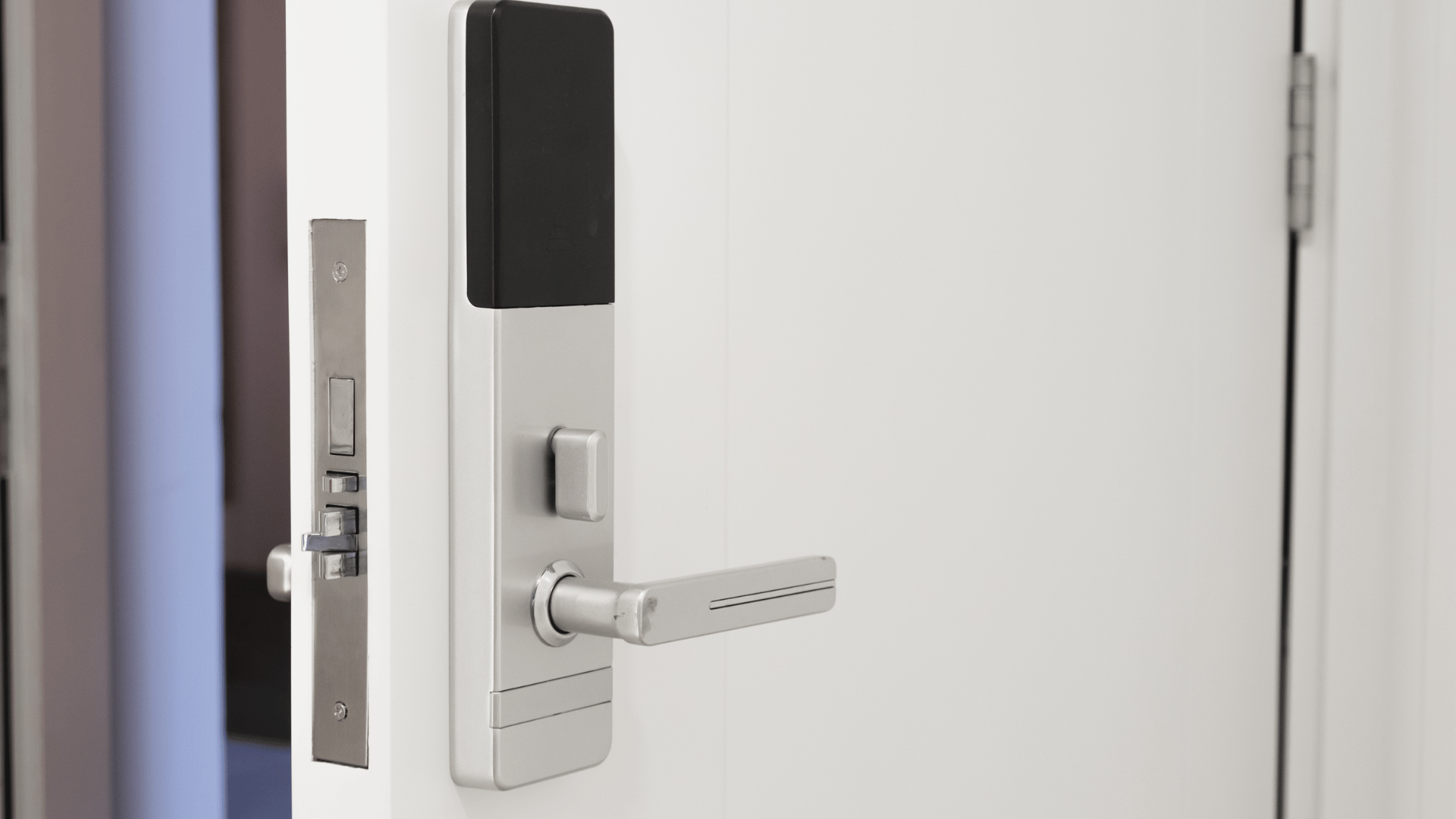2M Technology’s 2MTHFR-2M/2MWTK face recognition access control terminals offer versatility, accommodating various authentication methods and compatible with both magnetic locks and electric strike locks. This flexibility allows users to customize their access control systems according to specific security requirements and building configurations. In this article, we’ll discuss the key differences between magnetic and electric strike locks to help you in selecting the optimal lock mechanism for your setup.
Normally Closed (NC) vs. Normally Open (NO)
Before diving into the differences between electric strike and magnetic locks, it’s helpful to understand what “Normally Closed” (NC) and “Normally Open” (NO) mean. These terms describe the default state of the lock when power is applied. By knowing these concepts, you’ll have a better understanding of how the locks behave in different power states and during emergencies.
Normally Closed (NC)
In a Normally Closed (NC) circuit, the contacts are touching when power is applied, allowing electricity to flow through the circuit. When power is cut off, the contacts separate, breaking the circuit. When applied to locks, NC indicates that when power is applied, the circuit is closed, keeping the contacts touching to secure the door. Without power, the circuit opens, causing the contacts to separate and unlocking the door.
Normally Open (NO)
In a Normally Open (NO) circuit, the contacts are separated when power is applied, preventing electricity from flowing through the circuit. When power is cut off, the contacts touch, closing the circuit. When applied to locks, NO indicates that when power is applied, the circuit is open, separating the contacts to unlock the door. Without power, the circuit closes, causing the contacts to touch and secure the door.
Magnetic Locks (Maglocks)
Magnetic locks, often referred to as maglocks, consist of an electromagnet mounted on the doorframe and a metal plate attached to the door. These locks require power to stay locked, so they’re typically classified as Normally Closed (NC). When powered, the circuit is closed, allowing electricity to flow through the electromagnet, generating a magnetic charge that pulls the metal plate toward it, locking the door. When the power is cut off, the circuit opens, the electromagnet loses power, and the door unlocks as the metal plate is released.
Magnetic locks are considered fail-safe, as they automatically unlock when power is lost. This feature is useful for emergency exits, as they ensure people can get through the door during emergencies such as fire alarms. They are suitable for doors where security concerns are minimal if the door unlocks due to power failure. Unlike electric strike locks that secure only one side of the door, maglocks keep both sides locked. However, their reliance on continuous power for security leaves the premises vulnerable if power is interrupted.
Electric Strike Locks
Electric strike locks replace the traditional door strike with an electrical one. The electric strike secures the door in place using a hinged metal piece. These locks require power to unlock, so they are usually classified as Normally Open (NO). When powered, the circuit is open, prompting the metal piece to move and release the door. When the power is cut off, the metal piece remains in a locked position, preventing the door from opening.
Electric strike locks are fail-secure, meaning the door remains locked even when power is lost. This provides an extra layer of security in high-risk environments. They are commonly used in scenarios where access control is necessary during entry, but not for exit. Electric strike locks typically secure only one side of the door, allowing individuals inside the building to exit freely while restricting entry from the outside. This makes them ideal for doors requiring strict entry control measures.
Contact 2M Technology for All Your Access Control Needs
When contemplating the choice between a magnetic or electric strike lock for integration with your access control terminal, you should carefully evaluate factors such as security levels and emergency unlocking capabilities. Most importantly, you should ensure that any locks you plan to install adhere to building and safety regulations.
If you’re in need of an access control system, contact the 2M Technology sales team at sales@2mtechnology.net or at +1 (877) 926-2288. We can help you get started with an access control terminal, door lock system, turnstiles, and more. For any inquiries regarding system setup or product integration with your existing system, don’t hesitate to reach out to our technical support specialist at ana@2mtechnology.net or at +1 (214) 988-4302.
